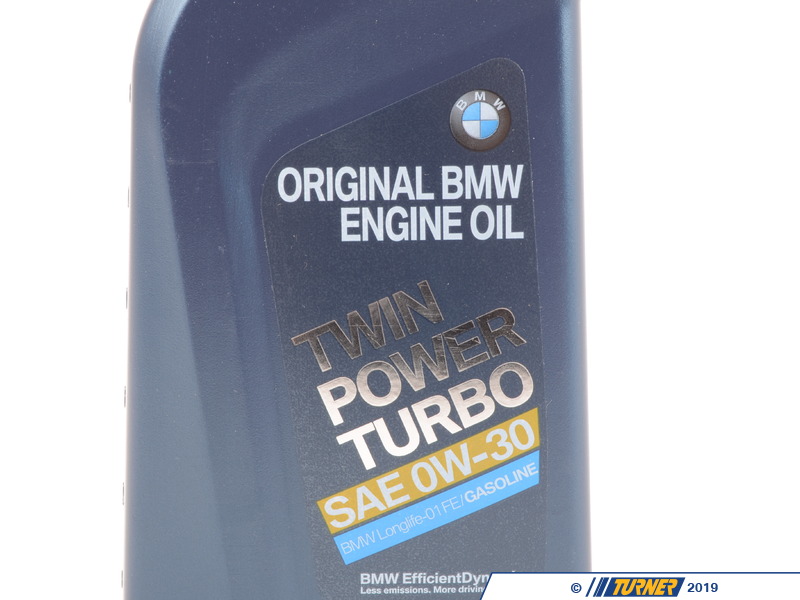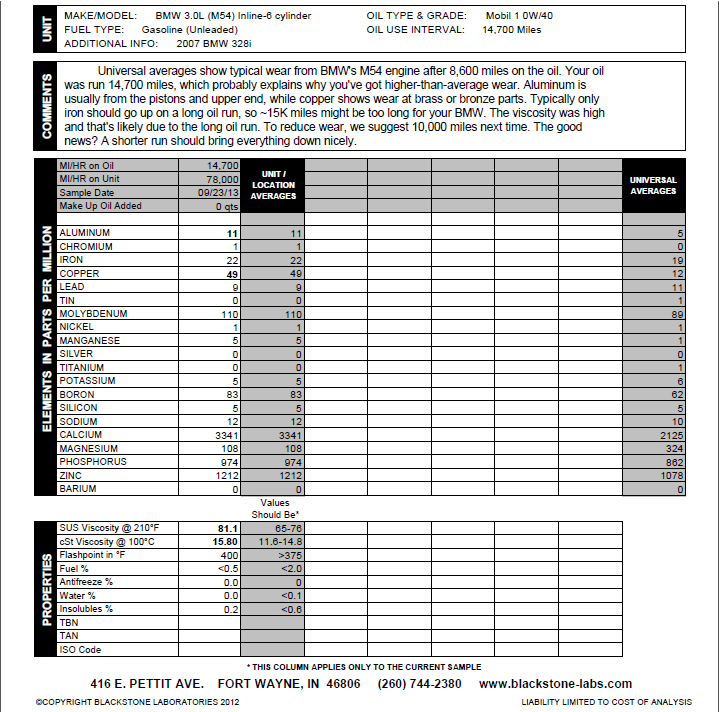Patman
Staff member
Here are the latest results from my wife's BMW, analysis done by Wearcheck Canada:
9,819 miles on oil
June 22, 2016 to June 24, 2017 (1 year)
88,700 miles on engine
Mobil 1 0w40
Mann oil filter
7 quart oil capacity
1 quart of make up oil
Iron 28
Lead 0
Aluminum 12
Copper 10
Chromium 0.6
Nickel 0
Titanium 0
Tin 0.9
Silver 0
Silicon 28
Potassium 2.7
Sodium 5.3
Moly 77
Boron 83
Barium 0
Calcium 3080
Magnesium 296
Phosphorus 864
Zinc 1032
Oxidation 204%
Nitration 102%
Sulfation 124%
Soot 0
Glycol 0
Water 0
Fuel 0
Viscosity at 100c 14.8
I put in more M1 0w40 (this time the new "FS" formula) and another Mann filter
9,819 miles on oil
June 22, 2016 to June 24, 2017 (1 year)
88,700 miles on engine
Mobil 1 0w40
Mann oil filter
7 quart oil capacity
1 quart of make up oil
Iron 28
Lead 0
Aluminum 12
Copper 10
Chromium 0.6
Nickel 0
Titanium 0
Tin 0.9
Silver 0
Silicon 28
Potassium 2.7
Sodium 5.3
Moly 77
Boron 83
Barium 0
Calcium 3080
Magnesium 296
Phosphorus 864
Zinc 1032
Oxidation 204%
Nitration 102%
Sulfation 124%
Soot 0
Glycol 0
Water 0
Fuel 0
Viscosity at 100c 14.8
I put in more M1 0w40 (this time the new "FS" formula) and another Mann filter


